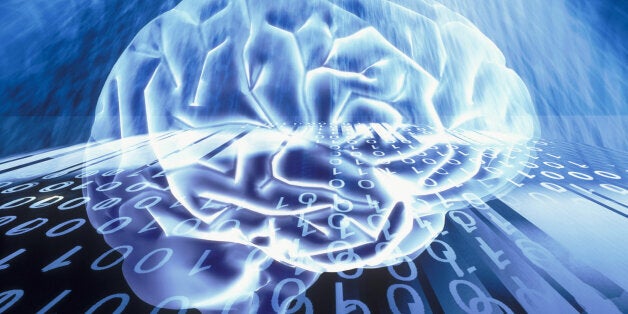
I've said this many times and I'll say it again: gender diversity is a business imperative. The more diverse an organization, the more creative, productive, and profitable it is. If women were to reach their full economic potential, global GDP could increase by up to $28 trillion in 2025. While awareness and support for gender diversity and equality in business are higher than ever before, we're still not making much progress. According to the World Economic Forum's 2016 report, it will take women until 2185--168 years--to reach parity with men in the workplace globally.
In any other business scenario, a 168-year timeline would be laughed out of the room. With all of our advances in technology, progress is now measured in months rather than years. It's time for us to use today's innovative technologies, like Augmented Intelligence (AI), to take action, starting with correcting unconscious bias. We're already using AI to predict the weather and to process medical research and trial data for individualized treatment plans on an unheard-of scale. Why can't it be used to help close the gender gap?
Women experience unconscious bias on a daily basis, whether it's VC funds refusing to back a period tracking app or women being told to brush off sexist comments as "no big deal." I myself was in an all-male senior leadership meeting a few weeks ago, but didn't think about the need to point out the disparity until after I had left. The biggest problem--and a main reason why efforts remain static--is how often we underestimate our own level of gender bias, which makes us resistant to programs and techniques designed to correct it.
Let me share a story. A man and his daughter were driving home from school when they were involved in a horrific car accident. They were rushed to the nearest hospital and both were sent into emergency surgery. Upon entering the girl's OR, the assigned surgeon said, "I can't operate on her. This is my daughter." How is this possible?
If you haven't heard this before and guessed that the surgeon is the girl's mother, you're in the 14% minority. We have to face that people are prone to gender bias, even with awareness training. (How many of you were stumped by the story even after reading the previous paragraphs on gender bias?) Business' best bet is to partner with AI to speed up improvement across the entire organization.
In this context, we need to think about AI as an accountability layer that can be used to identify, analyze, and learn from bias in areas like job descriptions, hiring and promotion patterns, and team gender balance. Have it perform an analysis of bottom-line performance taking these factors (and countless others) into account. AI technology such as IBM Watson specializes in taking external data and using it to gain deeper insights from huge, unstructured data sets, including photos, written language, and call logs. Imagine being able to take all publicly available diversity data and thought leadership and using it to benchmark your company. From there, it could offer tailored solutions to counteract bias where it shows up the most.
Companies are already using AI to identify gender bias in job descriptions. Words like "dominant", "competitive", and "ninja" have been found to deter female applicants. Adjusting language to appeal to a broader audience can bring in an increased number of highly-qualified female candidates. By pairing this with a standard 50/50 male-to-female resume split, businesses can begin increasing gender diversity at the entry level, which can have a long-term ripple effect upon company culture, performance, and leadership.
We will not change our collective perspective and biases until we change the landscape. Role models matter, visibility matters, equality matters - we can all agree on that. This movement isn't about tearing anyone down - it's about collectively building ourselves up by including women and men on an equal footing. And we now have incredibly powerful AI technology to help us better understand our strengths, weaknesses, and opportunities regarding gender diversity and equality, and how we can use them to make real changes inside our businesses.